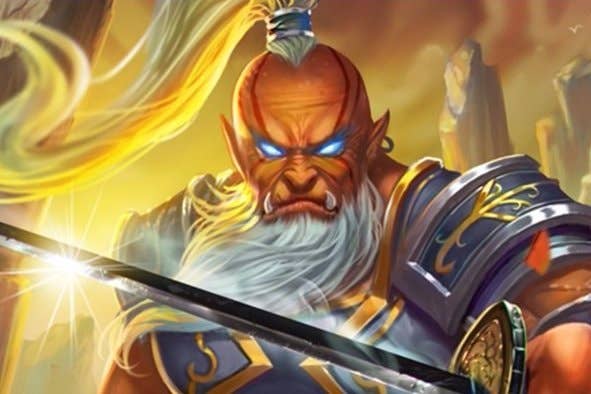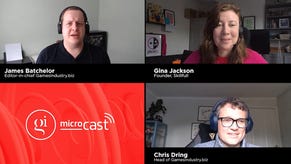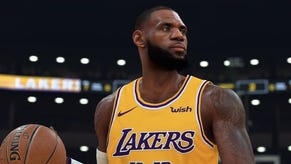Constructing a "Tower of Want"
N3twork monetization pro Ethan Levy explains what free-to-play developers could learn from San Francisco's housing market
During his GDC talk Monday, N3twork design and monetization expert Ethan Levy detailed a new model of thinking about free-to-play game design that he called "The Tower of Want." As Levy explained, the Tower is an escalating series of short- and long-term goals that lead into one another, a visualization that can help developers clarify their plans for retaining and monetizing long-time players.
Levy gave an example of a Tower of Want he sees in real life, saying, "I want to do my homework at night so that I can get good grades so I can get into a top college so I can work for a top company so I can get into Y Combinator so I can raise VC funds from the right firm so I can become a successful startup CEO so I can have a big exit so I can finally afford to buy a house in San Francisco where the median home price was above $1 million last fall.
"Real life, like a well-designed game, reveals itself to you over time."
"Now in this real-life scenario of the Tower of Want, the player does not need to know about San Francisco's insane housing prices when they start at the very bottom, when they're doing their homework and trying to get good grades. Real life, like a well-designed game, reveals itself to you over time. So as you achieve each goal, you discover a new goal that builds on your previous knowledge and skills."
Once a developer has constructed its Tower of Want, Levy said there were two key questions that have to be asked to assess how sturdy it is. First of all, why will the player repeat each level of the tower on each day? Second, what repeatable purchases will help speed up player progress at each level of the tower?
"It's an incredibly hard challenge to have a game that someone will want to make a daily habit and want to play five sessions or more a day, every day, for six months," Levy said. "That is an incredibly difficult challenge, but on top of that, you layer on an even more difficult challenge: How do I convince them to spend money over and over and over again over the course of that period of time? And this is about having repeatable purchases that are really interesting and desirable."
Levy gave Heroes Charge as a recent free-to-play game that he said nailed the fundamentals, but could have benefited greatly from asking those two questions. While Levy got deeply involved in the game for a stretch of time, after a couple months he found that the compelling reason for him to continue playing--acquiring new heroes--faded once he had secured and leveled up the last hero he was interested in.
"I started to discover there wasn't a lot of there there," Levy said. "I didn't really have a lot of reason to need to be competitive in PvP every day. And one by one, every system started to fall by the wayside and I dropped out of the game... I washed out after 60 days and $50 spent. And that's really good. There are a lot of games that would be very happy to have enough players who fit this pattern. But the thing is, it had the potential to be a three year or more game. They had the potential to keep me around for a lot longer and get me to spend even more."









